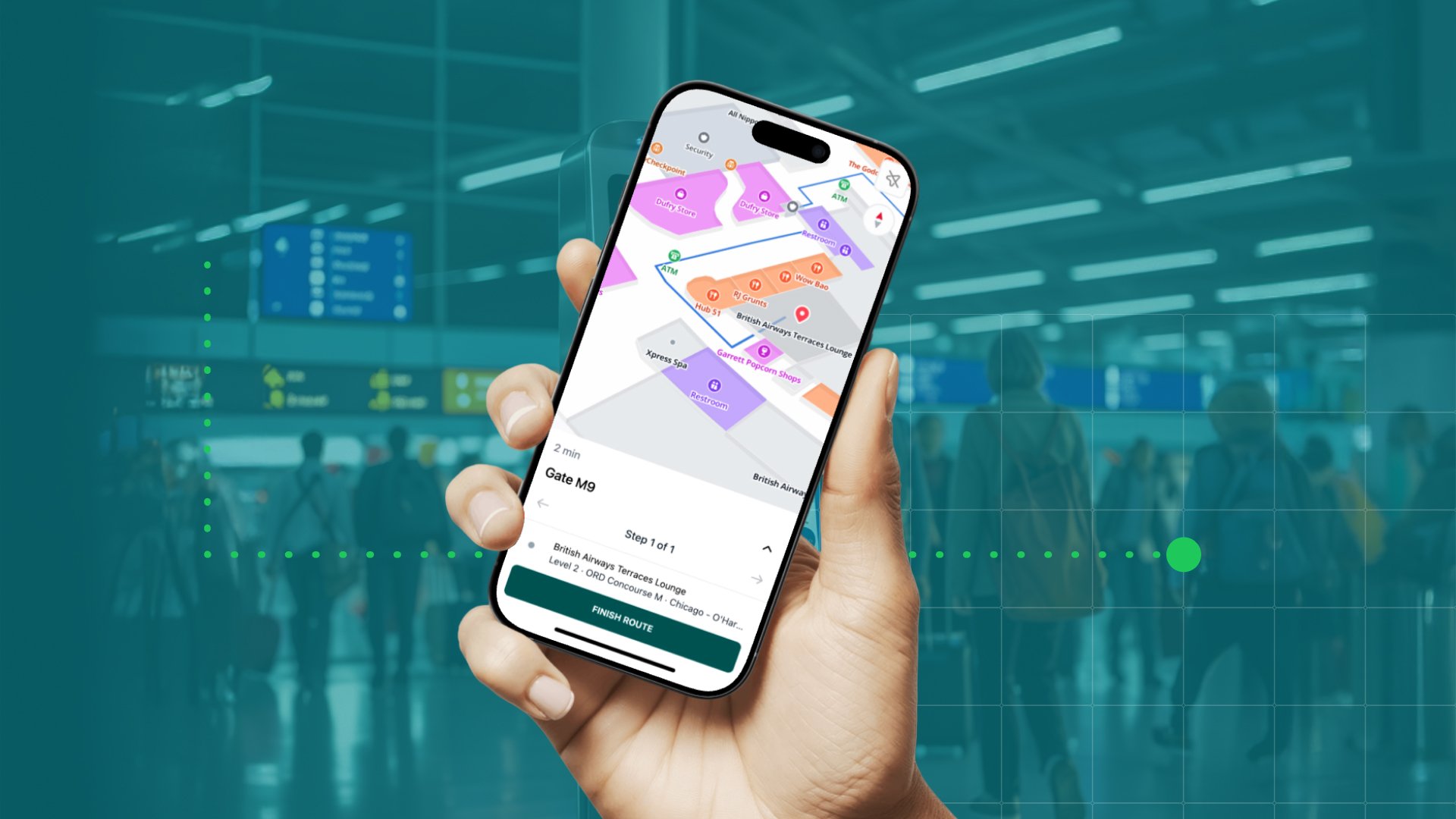7 Ways to Get More Value From Your Stadium Map
A stadium map should do more than point people to their seats. With the right setup, it can help fans navigate crowded areas, discover what’s on offer, and showcase sponsor activities, while also reducing pressure on staff. A well-designed map acts as a spatial interface—connecting physical environments with digital experiences in real time.Your map can support the fan experience from the moment people arrive until they head home. Here are a few simple steps for improving your maps:
1. Think like a fan: search by item, not stand
Design your map for how people think, not how your vendors are structured. Fans rarely know the name of a concession stand. They’re searching for hot dogs, tacos, or t-shirts. Add every food, beverage, and merchandise cart as a point of interest (POI), and then assign aliases for the most common items at each one. This small step makes it easier for fans to find what they want and helps turn searches into sales.
2. Let QR codes handle location setup
Full indoor positioning isn't always realistic in large stadiums with complex infrastructure. A quick workaround: place QR codes in high-traffic areas like entrances and concourses. When scanned, they open the map with the fan’s current location pre-set, allowing them to quickly search and navigate from where they are with no downloads needed. This low-lift enhancement gives fans spatial context instantly and helps venues deliver location-aware navigation with minimal extra infrastructure.
3. Bring navigation out to the parking lot
Wayfinding doesn’t begin at the gate. Place QR codes in parking areas to help fans navigate from their car to the nearest entrance. It helps people find the best entrance and reduces confusion and crowding at key access points. Guiding movement from arrival to departure creates a continuous journey and improves crowd flow—key for both safety and satisfaction.
4. Prioritize high-pressure areas
Entry gates, security checks, and rideshare pick-up spots are common points of stress for the fans, especially before and after a match. Make sure these are clearly marked and come up reliably in search. These are the points when speed and clarity make the biggest difference for fans. Designing for high-pressure moments helps prevent bottlenecks, reduce friction, and builds trust in the venue’s experience.
5. Share the map with internal teams
While the map is key for fan experience, it also supports planning and coordination. Teams responsible for staffing, security, or live updates can use the same map as a foundation for their work. By aligning teams around one map, you create a shared operational layer that improves communication, reduces duplicated efforts, and supports real-time decision-making.
6. Use external IDs to connect with other tools
Adding external IDs to each POI makes it easier to connect your map with systems like inventory management, staff coordination, or live data overlays. This simple step enables smoother integrations and opens the door to real-time data synchronization across systems. It also sets the groundwork for spatial analytics and predictive insights—cornerstones of a modern venue ecosystem.
7. Adjust the experience based on audience or event
Not all fans are the same and your map shouldn’t be either. Create different user profiles to show VIPs exclusive routes and lounges, or swap out branding and POIs based on the event or home team. Tailoring the map to the moment personalizes the experience and reinforces your brand.

Your stadium map has more to offer - don't waste it
In today’s fan-first, data-driven world, your map can be more than a digital directory. It can be a core layer in your venue’s experience strategy, helping fans discover and connect more meaningfully with your space. With just a few tweaks, it becomes a tool for journey optimization, while also offering better coordination and decision-making across teams. Whether your goal is a better fan experience or stronger operations, the map can become one of the most valuable tools in your stadium’s toolkit.
Are you getting the most out of your stadium map?
April 4, 2025
.jpg)



.png)